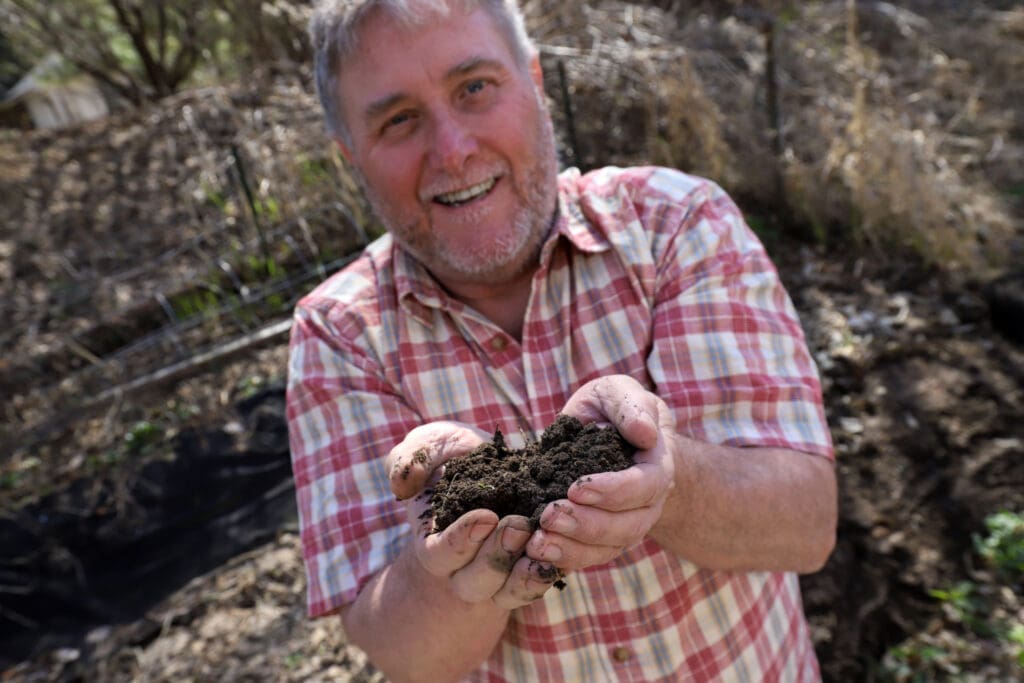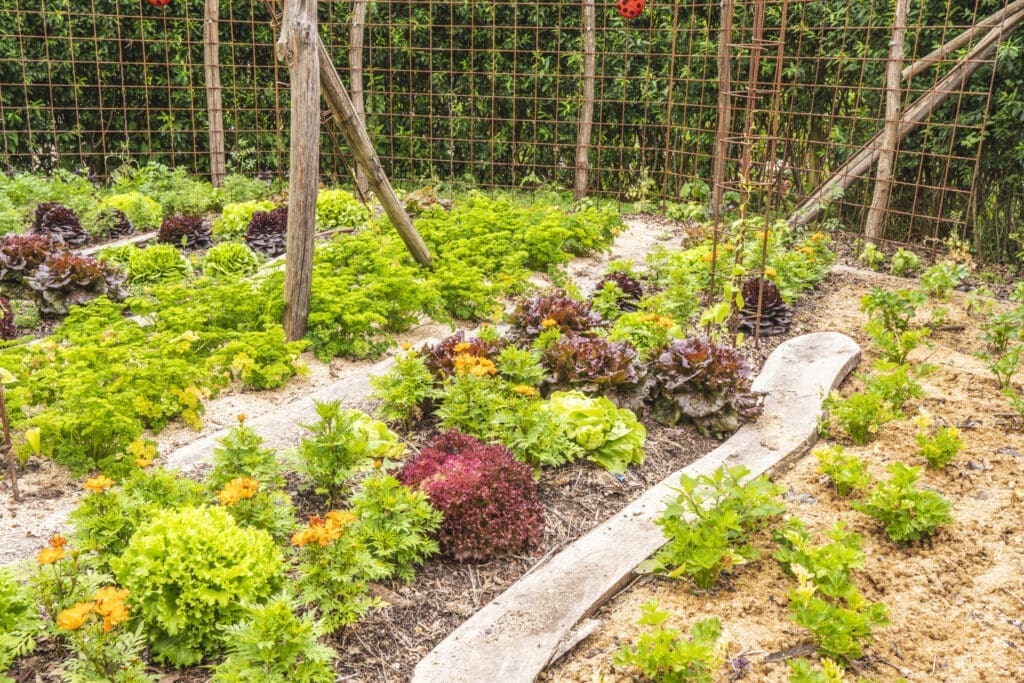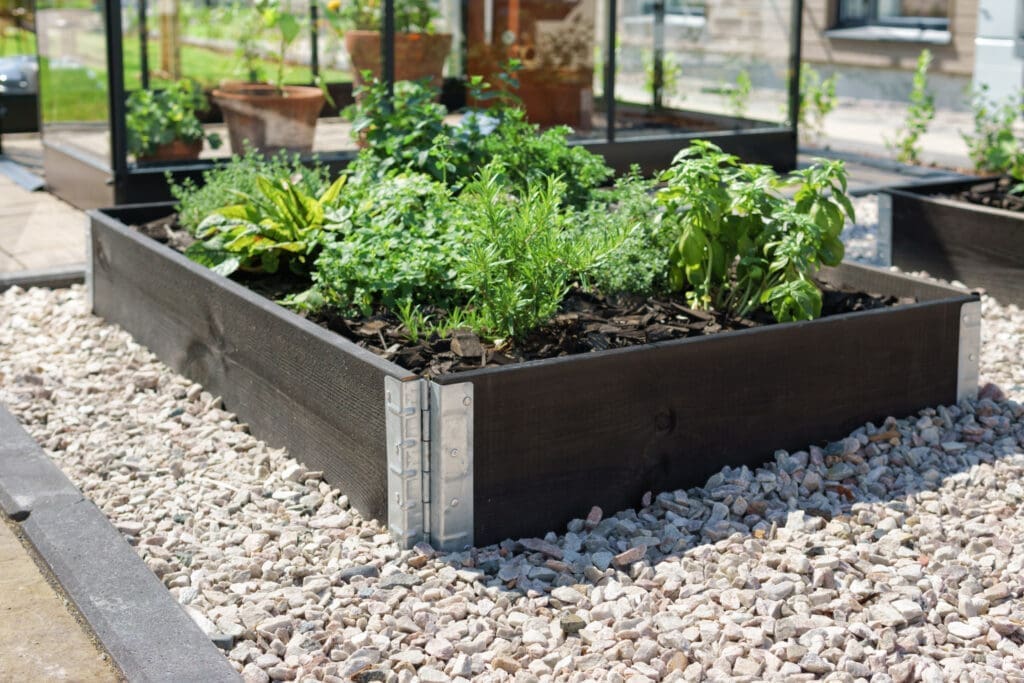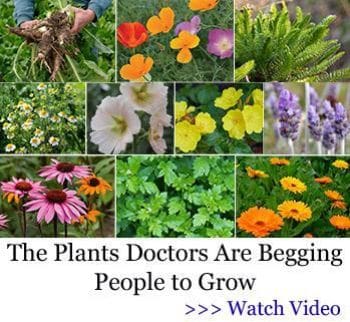Garden Till Methods for a Healthy Garden
Gardening is part of most homesteaders’ plans to become more self-sufficient. Growing your own food provides a sense of satisfaction and connection to the natural world around you. However, for a garden to thrive, you must prepare the soil correctly.
Garden tilling is a common method used to break up the soil, aerate it, and create a suitable environment for growing plants. Amid concerns about soil health and environmental sustainability, some homestead gardeners have turned to alternative methods for prepping their garden soil.
One such method gaining popularity is no-till gardening. In this article, we’ll explore different garden till methods, their benefits and drawbacks, and take a closer look at the principles and practices of no-till gardening.
You’ll learn:
- What is no-till gardening?
- When should you avoid using a garden till?
- What are no-till gardening methods?
- What are the benefits of no-till gardening?
- How do you build and improve soil without a garden till?
- How do you transition to a no-till garden?
What is no-till gardening?
No-till gardening is a method of growing plants without distributing the soil through tillage. Instead of tilling or plowing the soil to prepare it for planting, no-till gardeners leave the soil undisturbed and rely on natural processes to create a healthy growing environment for their plants.
In a no-till garden, the soil is covered with organic matter – compost, grass clippings, leaves – which gradually decomposes and enriches the soil with nutrients. This method promotes soil health and biodiversity. It preserves the soil structure, reduces erosion, and improves water retention.
No-till gardening also reduces the amount of labor and energy required to maintain a garden, making it sustainable and environmentally friendly.

When should you avoid using a garden till?
While garden tilling is beneficial in certain situations, there are other times when it’s best to avoid using a garden till. Here are five scenarios where you’re best to forgo the till and try an alternative instead.
- When the soil is compacted
If the soil is compacted, tilling can further compress the soil and make it harder for plants to grow. It’s better to use alternative methods like soil aeration or raised bed gardening to improve soil health. - When the soil is healthy
If your garden soil already is healthy, there’s no need for tillage. Tilling soil that has a healthy structure and plenty of organic matter can disrupt the natural balance, doing more harm than good. - When the soil is in a high erosion risk area
Tilling increases the risk of soil erosion in areas with steep slopes or where the soil is easily washed away by heavy rainfall. - When it’s during the growing season
Tilling during the growing season disrupts the roots of plants and can damage them, causing reduced growth and lower yields. - When an area has high weed pressure
One of the things tilling does is bring weeds to the surface. This isn’t as impactful when you’re preparing your garden for the winter because nothing will be growing in the weed-infested soil. During the growing season, it’s best to use an alternative method like cover cropping or mulching.
What are no-till gardening methods?
No-till gardening methods create a healthy and productive garden without disturbing the soil. Some of the most popular techniques include cover cropping and sheet mulching. Here is the complete list of no-till gardening approaches you can try on your homestead.
Cover cropping
Cover cropping involves using plants you grow for the specific purpose of improving your garden’s soil. Cover crops can be planted in the fall and allowed to grow during the winter months. Then, you cut them down in the spring before planting vegetables.
Some of the most common cover crops include:
- Alfalfa
- Buckwheat
- Clovers
- Cowpeas
- Mustard
- Radish
Cover crop plants help prevent erosion, suppress weeds, and add beneficial nutrients to the soil for the growing season.
Hugelkultur gardening
The name may sound funny, but the method works wonders for growing healthy, thriving plants. Hugelkultur gardening uses raised beds made from branches, logs, and other woody materials. The materials decompose over time, adding nutrients to the soil and helping it to retain moisture.

Lasagna gardening and sheet mulching
Lasagna gardening and sheet mulching are similar. Both gardening methods involve layering organic matter on top of the soil. Instead of creating a single thick layer of mulch as you do with sheet mulching, lasagna gardening requires you to construct multiple layers of organic matter, alternating between brown materials like leaves and straw and green materials like grass clippings and kitchen scraps.
Raised bed gardening
Raised bed gardening requires you to construct a garden bed that’s elevated above the surrounding soil. You can amend the soil in the raised bed with compost and other organic matter. Plants are grown directly in the soil without first tilling it.
What are the benefits of no-till gardening?
No-till gardening is beneficial in many situations, especially in areas where the soil is naturally fertile or was previously amended with organic matter. Here are some situations when no-till gardening works in your favor.
- Moisture retention. Keeping the soil covered with organic matter helps to retain much-needed moisture. This is ideal if your homestead is in a more arid climate with lower rainfall.
- Soil conservation. No-till gardening helps to conserve soil and prevent erosion because it keeps the soil structure intact and protects it from the effects of wind and water.
- Weed control. Gardening in soil that’s prone to weeds can impact the health of your plants. No-till gardening controls weeds because the soil isn’t disturbed, making it less likely that weeds can germinate and spread.
How do you build and improve soil without a garden till?
Building and improving your soil without a garden till isn’t difficult. In fact, no-till gardens require less time and energy, making them ideal for homesteaders who don’t want to spend a lot of time tending to their crops.
Two proven methods for building and improving your garden soil without a till include composting and soil testing.
Before you attempt to grow anything in your homestead garden, you should have your soil tested. Testing the soil provides valuable information about its nutrient content, pH levels, and other important factors. You can use the information to decide what types of amendments or fertilizers to add to your soil to make it more hospitable to growing plants.
Composting is an effective way to improve your soil structure and fertility. Homesteaders can collect grass clippings, leaves, and kitchen scraps in a compost bin. Once it breaks down, you can use it as part of your no-till gardening process.

How do you transition to a no-till garden?
Transitioning to a no-till garden isn’t difficult if you follow these 5 simple steps to prepare your homestead garden for the change.
- Prepare the soil
Before transitioning to a no-till garden, it’s important to prepare the soil by removing any existing debris and weeds. You can use a hoe or pull weeds by hand. - Add organic matter
One of the key principles of no-till gardening is the use of organic matter to build soil fertility and structure. Add compost, grass clippings, leaves, and other organic matter to the soil. - Choose a no-till method
As previously mentioned, there are several options for no-till methods of gardening. Choose the method that best aligns with your gardening goals and climate. - Implement the no-till method
Once you’ve decided on which no-till method you plan to use, implement it in your garden. If you’ve decided on sheet mulching, for instance, layer organic matter on top of the soil to create a thick mulch layer. - Monitor your progress
As with any new gardening method, you’ll want to closely monitor your progress and make adjustments if what you’re doing doesn’t work as intended. The health of your plants is a good metric to follow. Adjust your no-till method until your plants are thriving.
Homestead gardening without a garden till
Transitioning to a no-till garden involves preparing the soil, adding organic matter, choosing a no-till method, and monitoring your progress. Taking these steps can help you create a healthy and sustainable homestead garden that makes you more self-sufficient.
Sources
- Frequent tillage and its impact on soil quality. crops.extension.iastate.edu. Accessed March 8, 2023.
- Home Gardens: A Key to a Sustainable Future. research.library.fordham.edu. Accessed March 8, 2023.
- Shifting tillage timing to manage weeds. growiwm.org. Accessed March 8, 2023.
- What are cover crops? rodaleinstitute.org. Accessed March 8, 2023.
- What is Hugelkultur? Building the Ultimate Raised Bed. almanac.com. Accessed March 8, 2023.
In our kitchen, we only use cultures from Cultures for Health.
Get yours here and start culturing today.
Popular Articles

Why Homesteaders Need a Melasty Portable Milking Machine
Newsletter
Get signed up to get latest updates and new information from the Jersey Milk Cow!
This site uses Akismet to reduce spam. Learn how your comment data is processed.











Leave a Reply